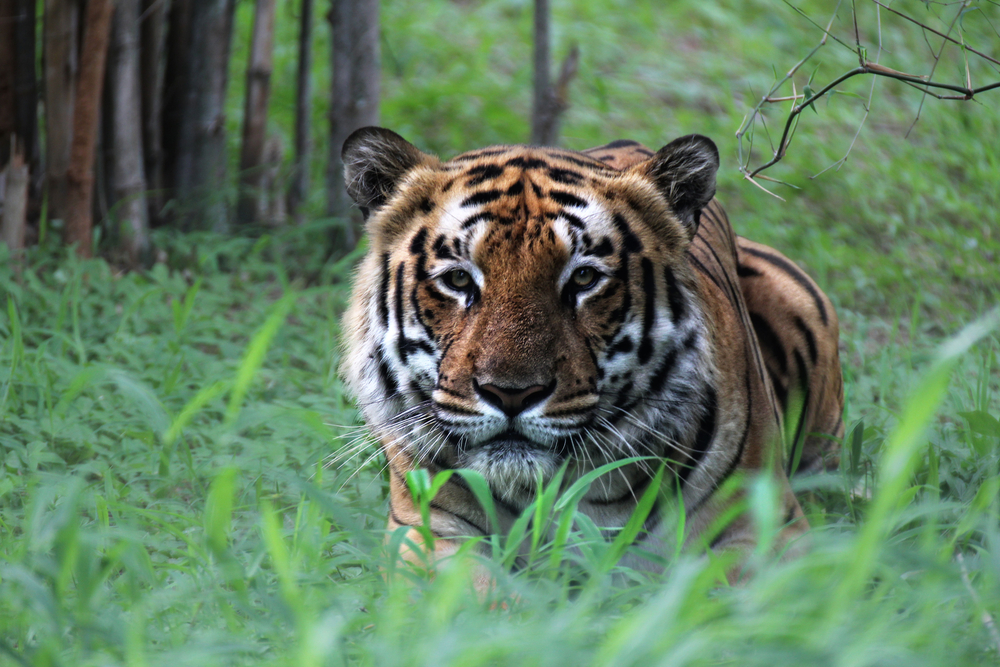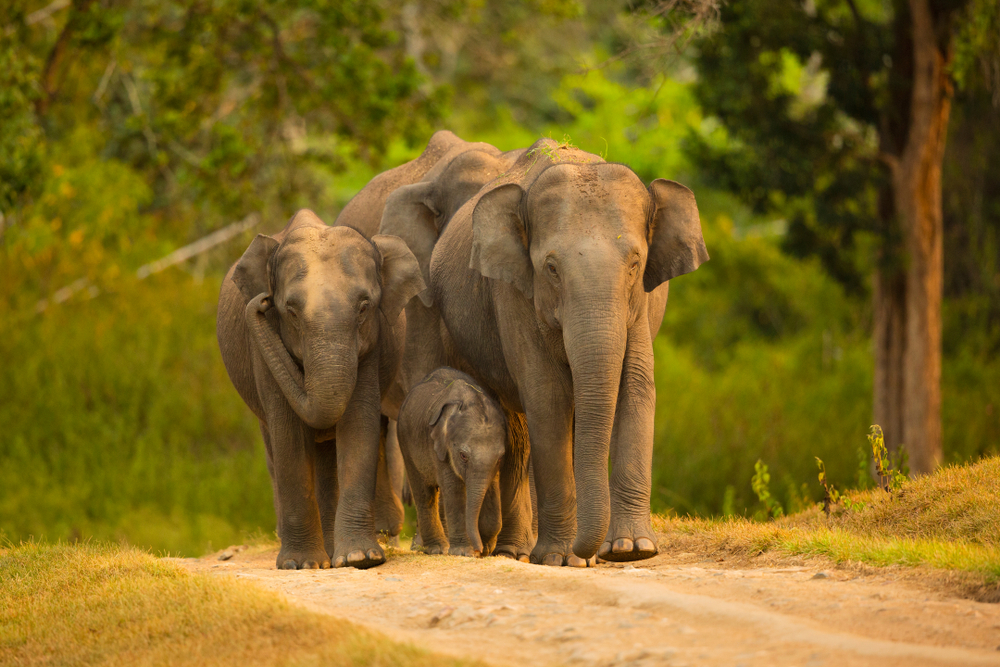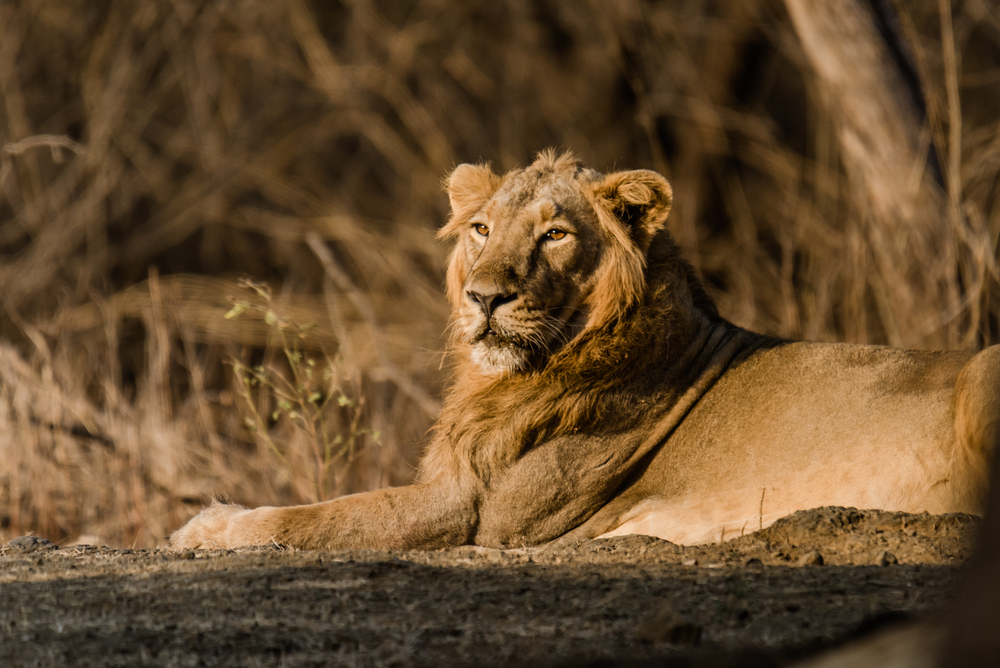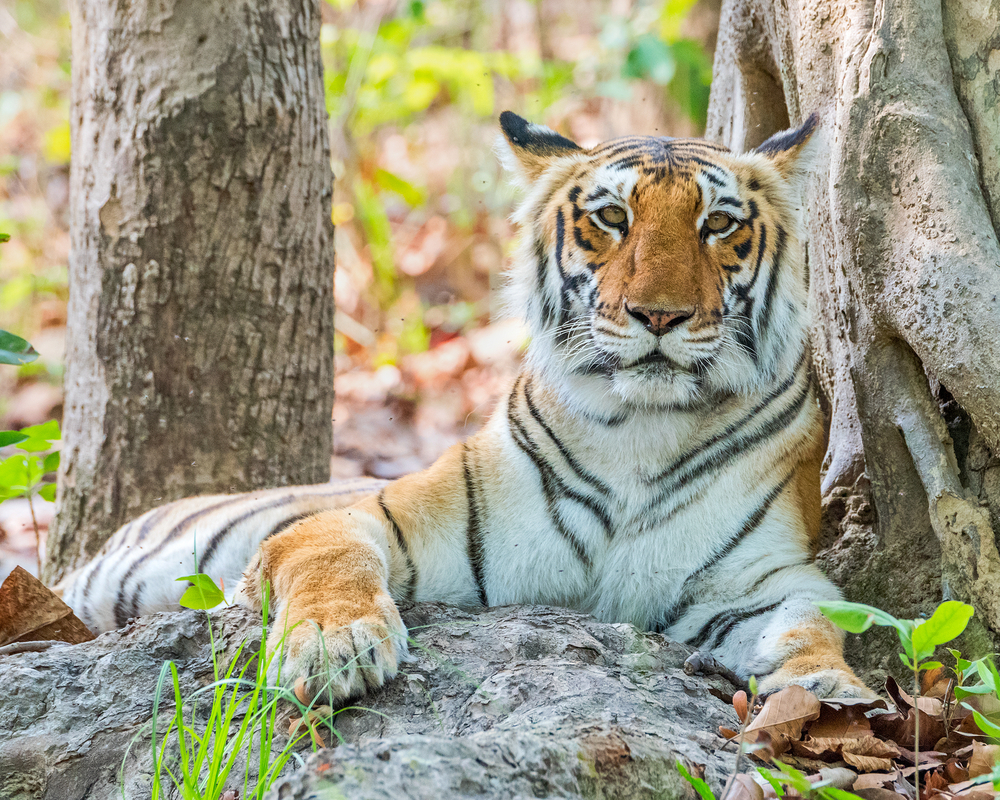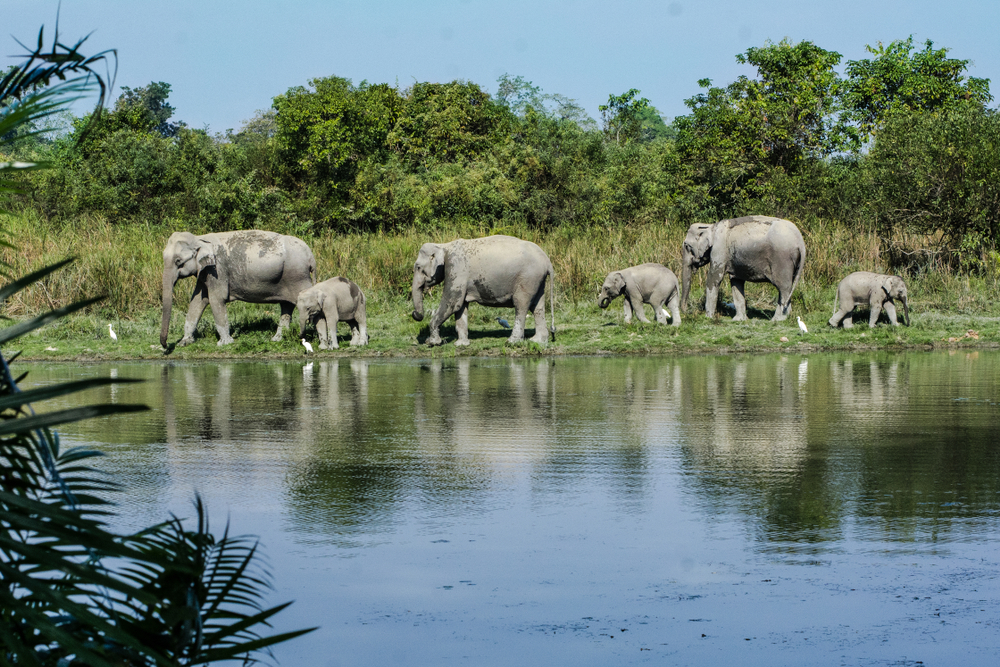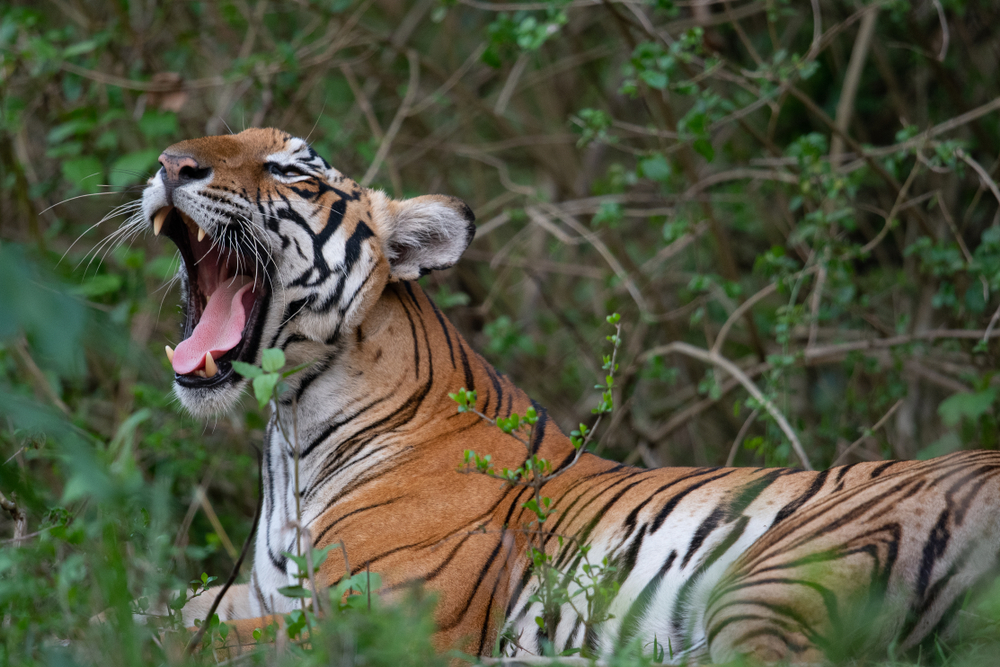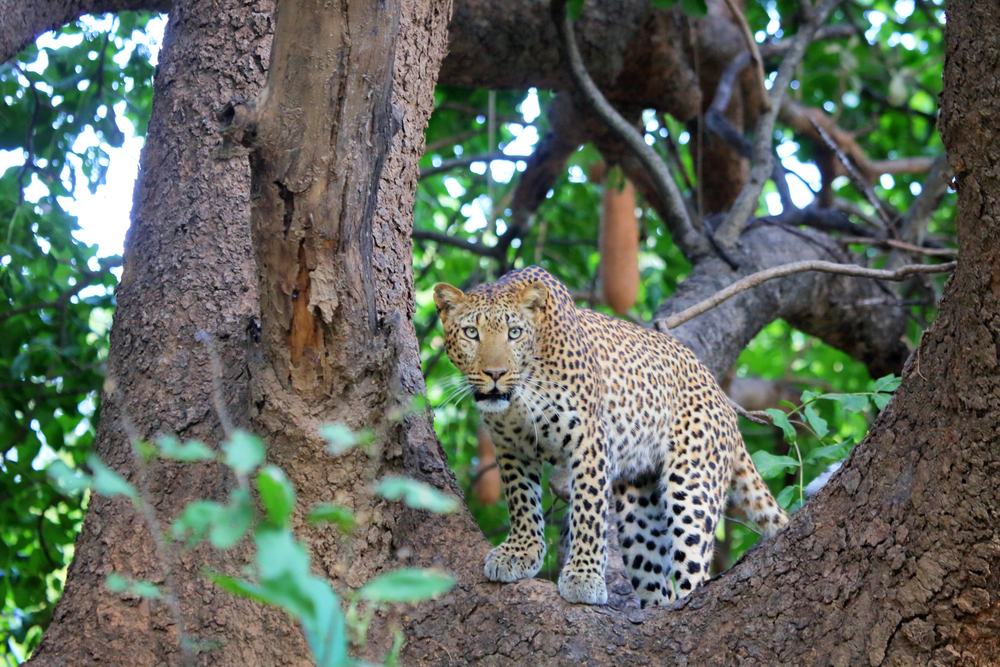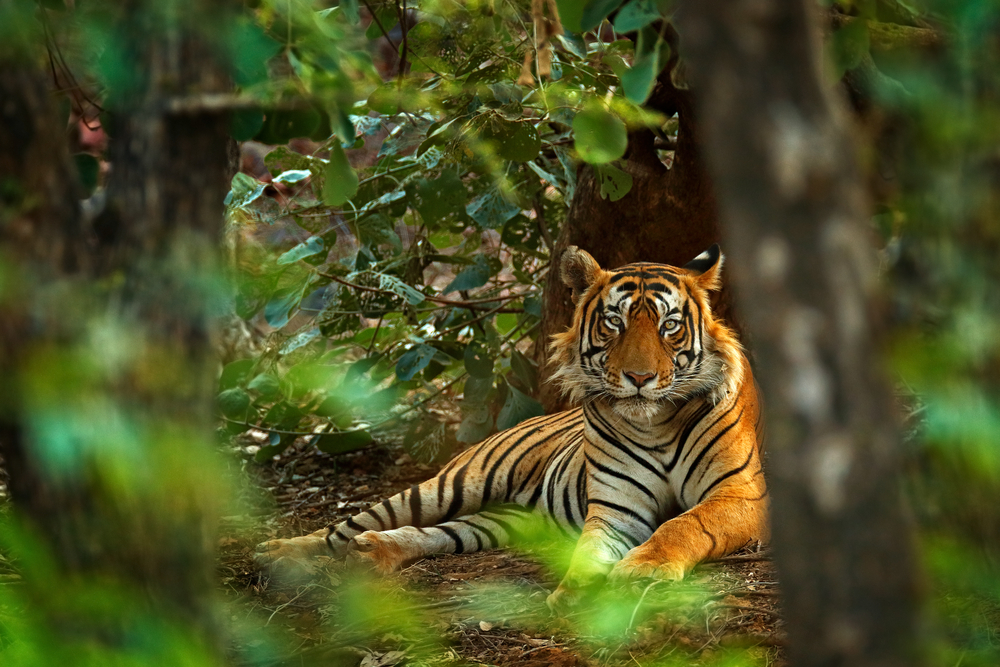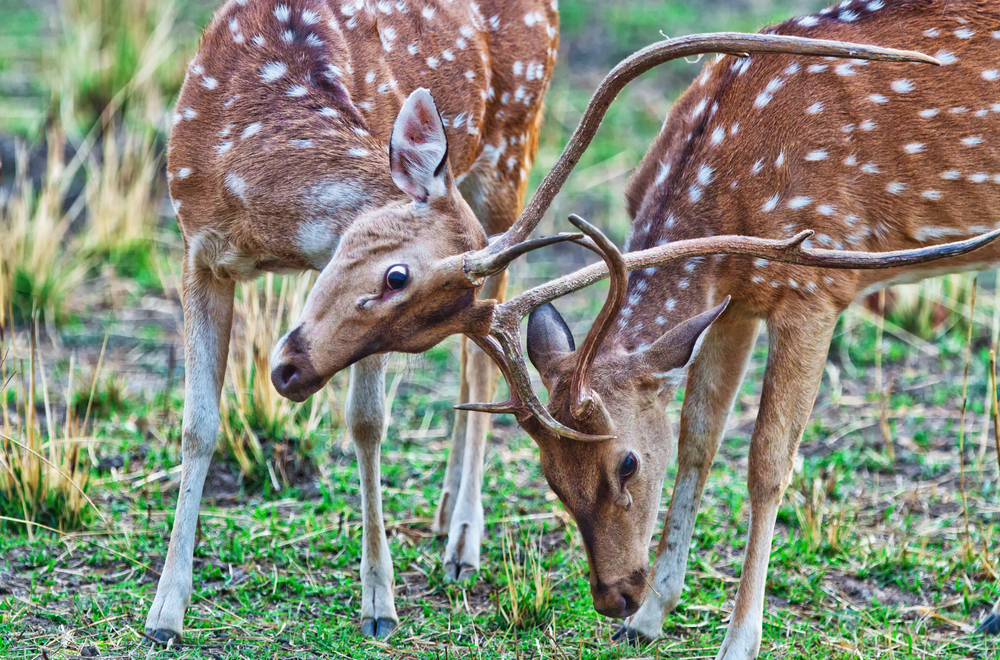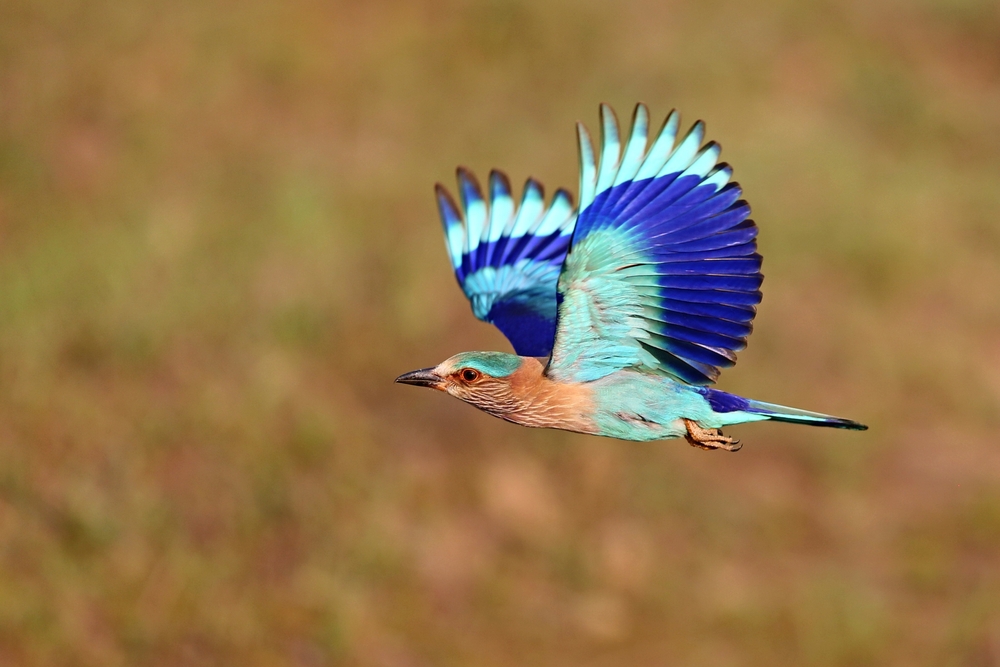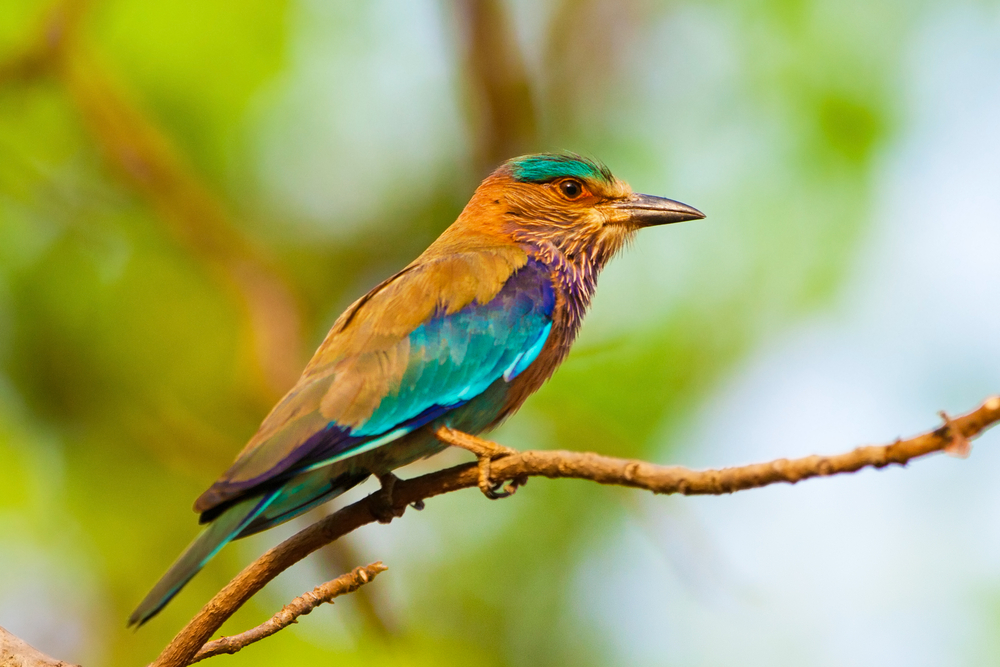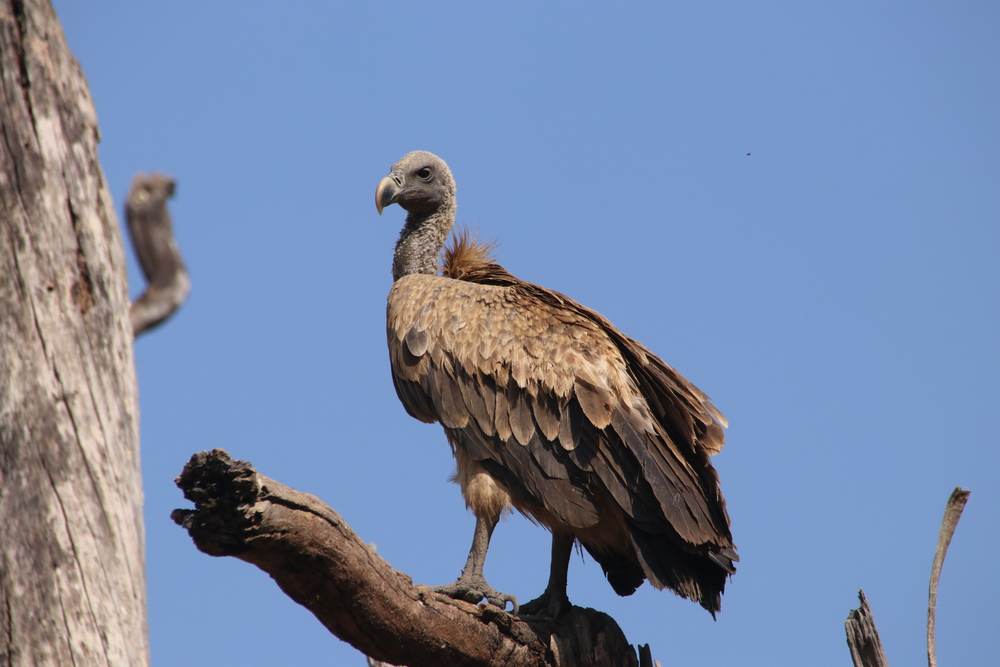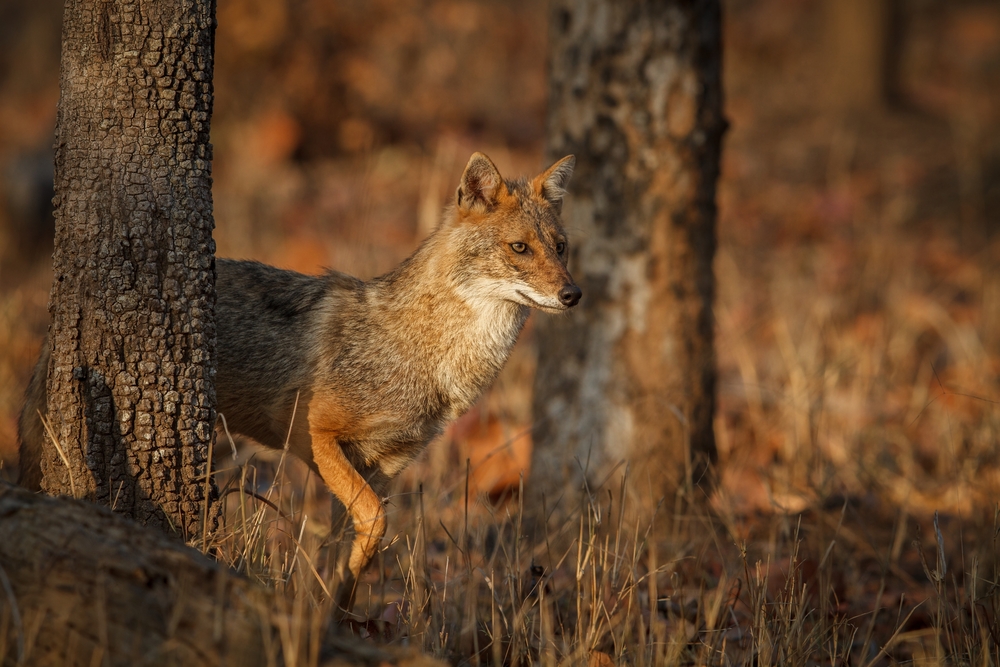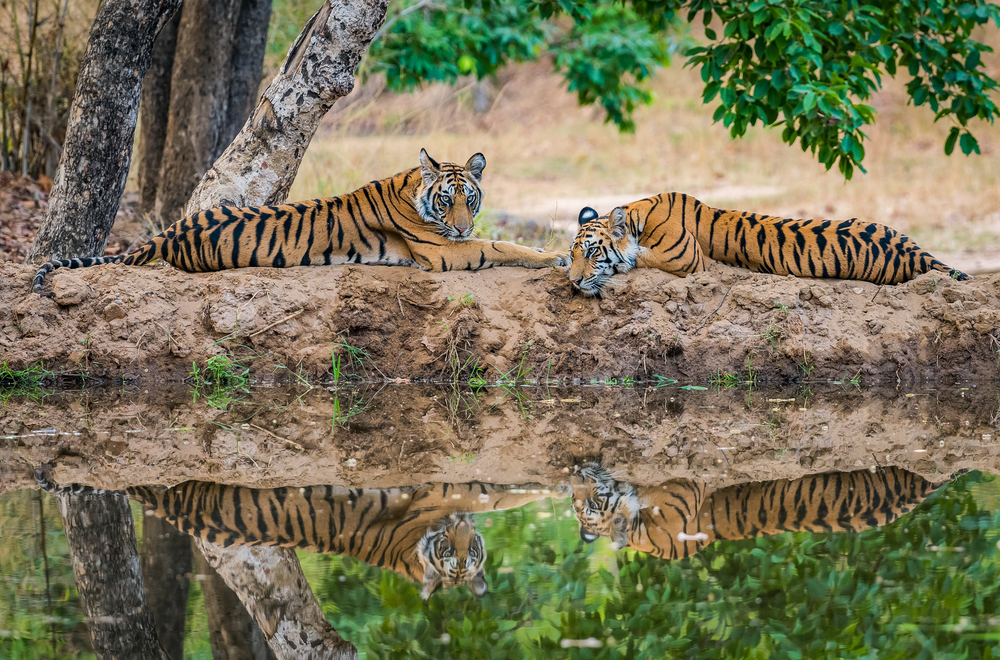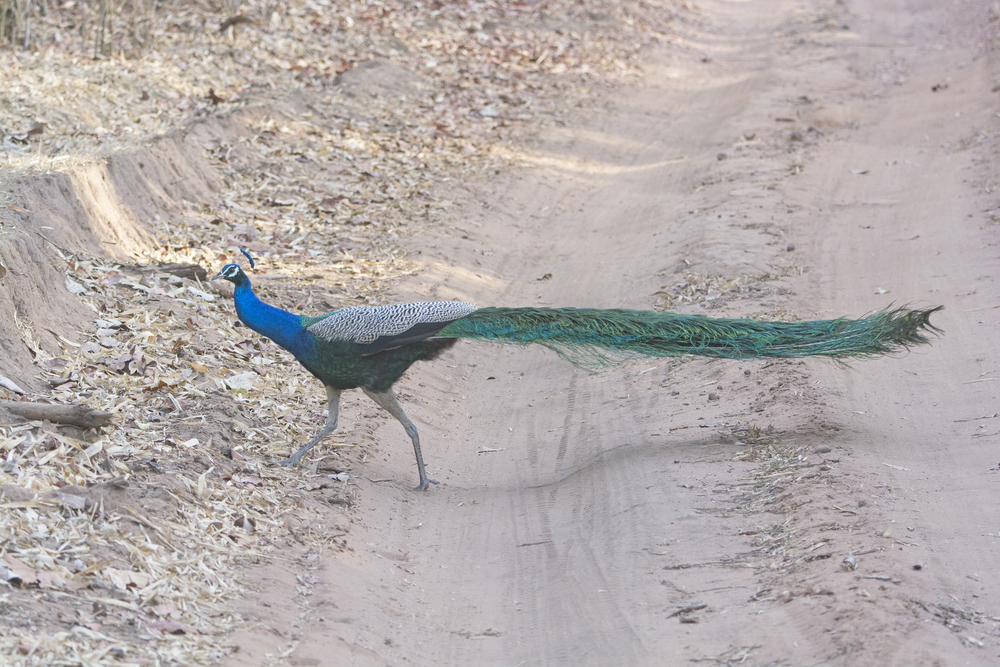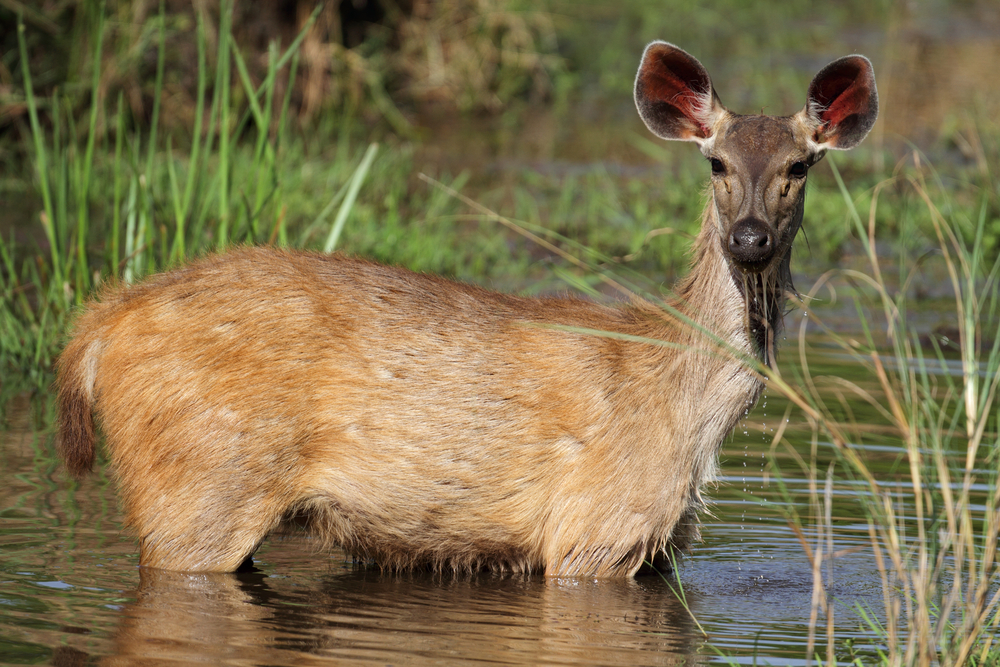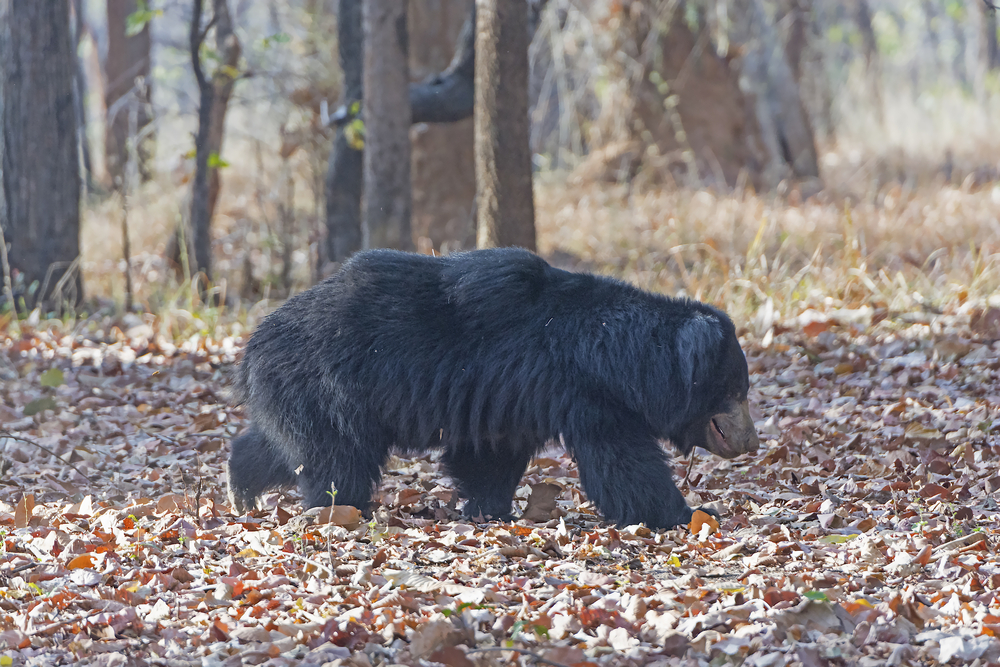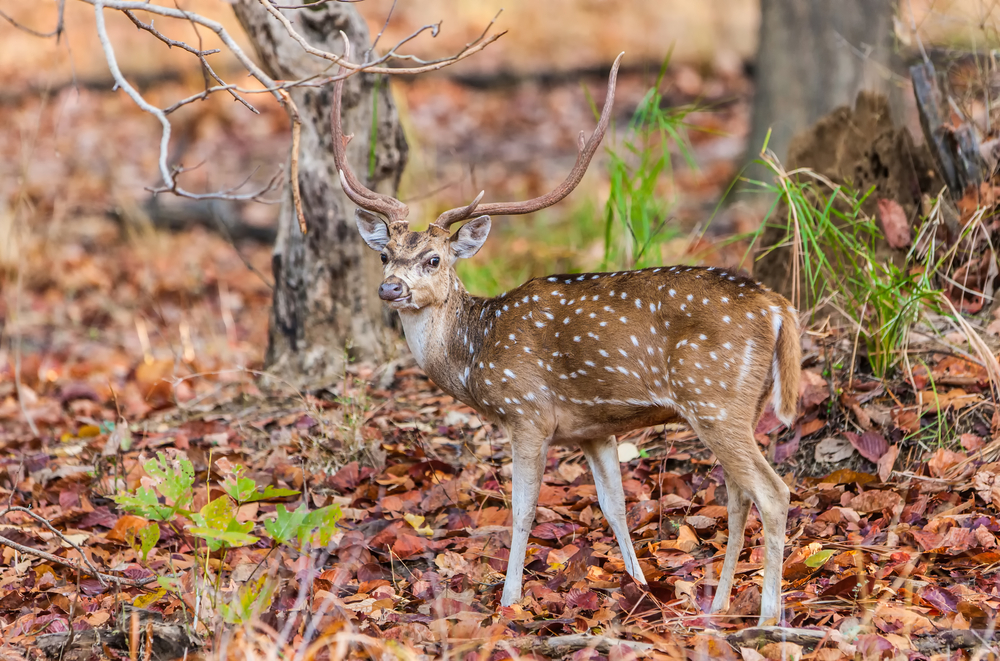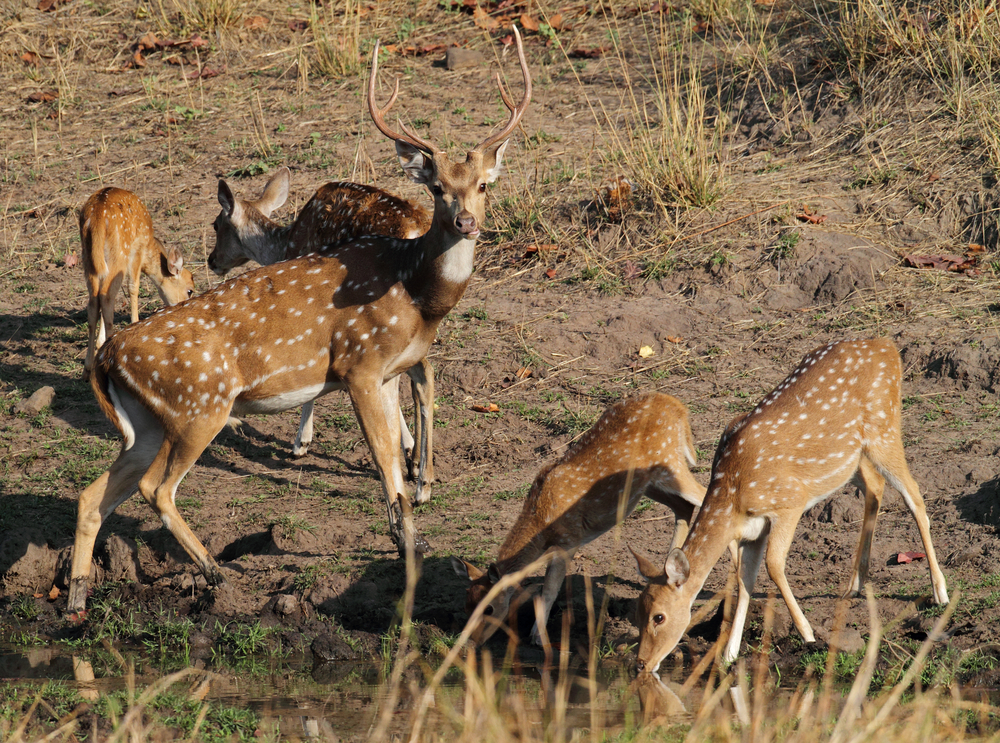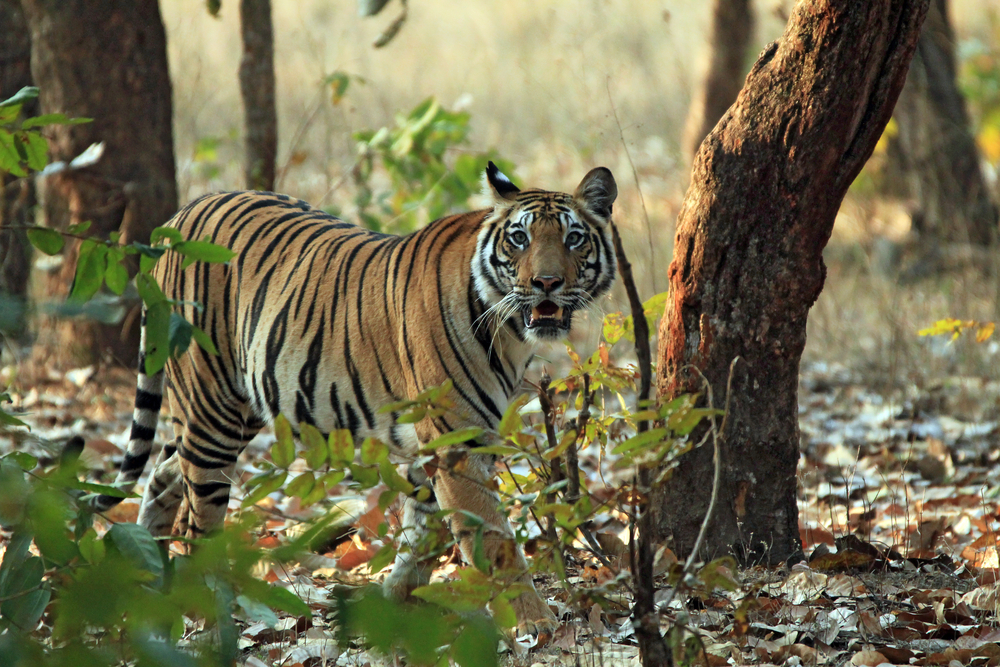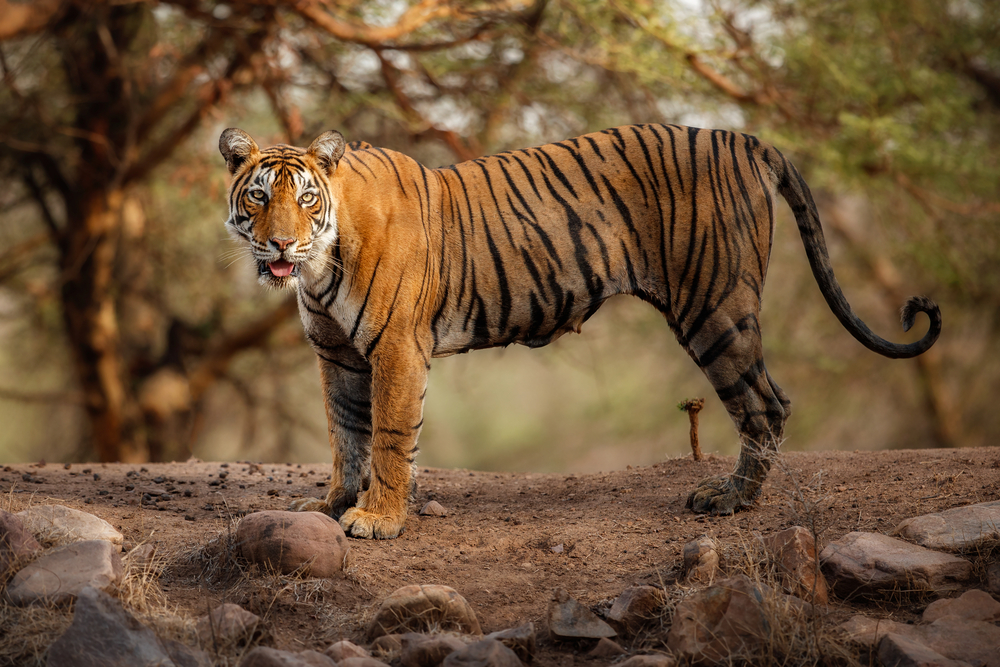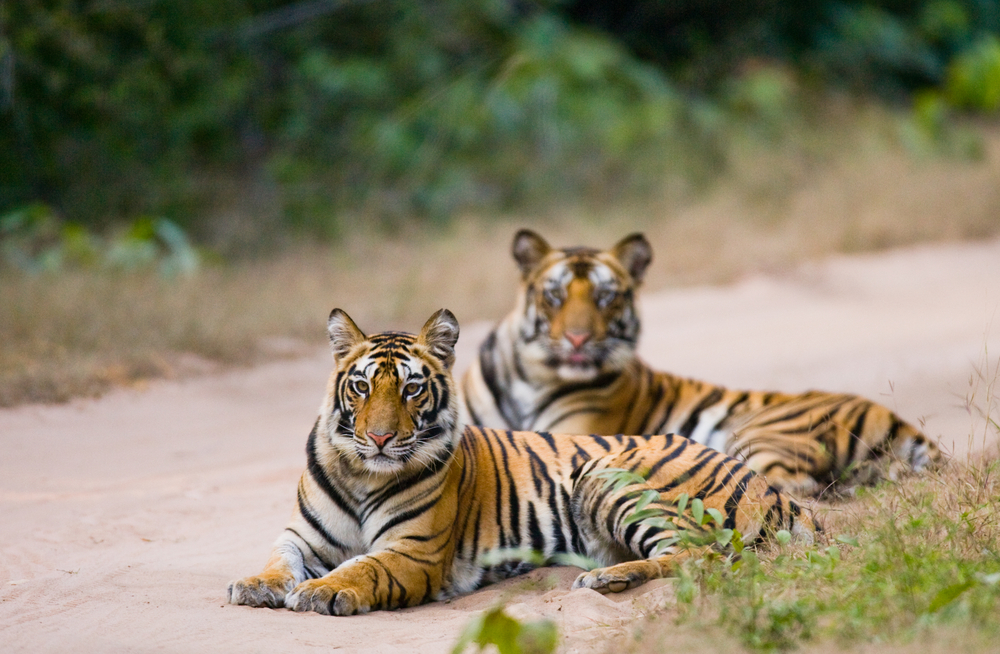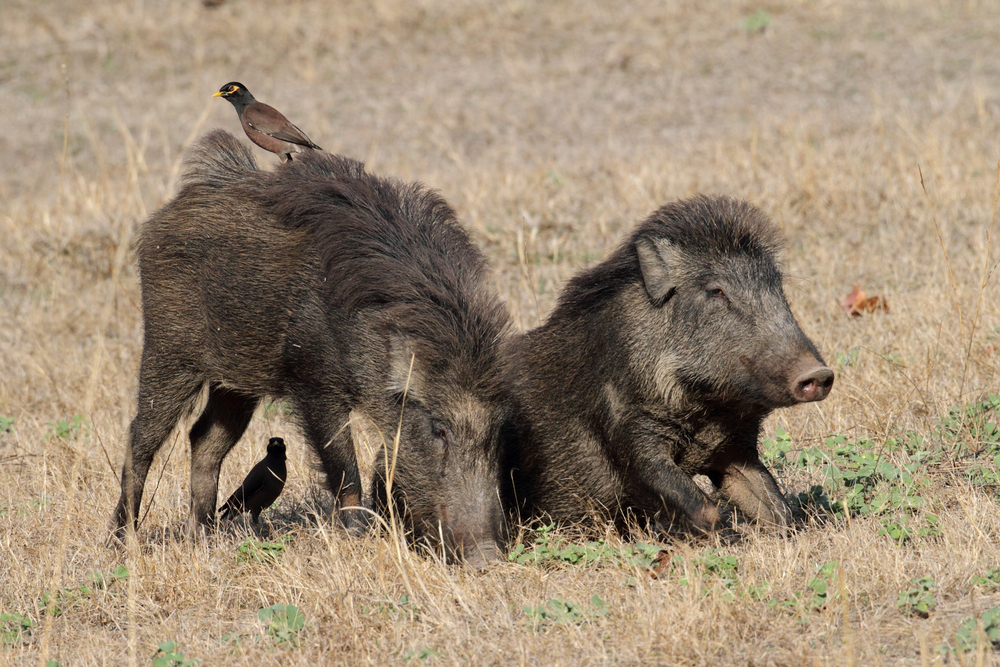Popular
Bandhavgarh National Park is a vibrant ecosystem, home to a rich tapestry of wildlife species, each contributing to the park’s ecological diversity.
Sambar Deer
The largest Indian deer, Sambar Deer are vital prey for tigers, with their large, rugged antlers and a barking alarm call to signal danger.
Indian Bison (Gaur)
As the largest bovine, the Gaur impresses with its massive size and strength, grazing in herds and maintaining the grassland and forest balance.
Langur (Hanuman Monkey)
Often seen in troops, Langurs are crucial for seed dispersal, their grey coats and black faces a common sight amidst the park’s canopies.
Chital (Spotted Deer)
Easily recognized by their beautiful spotted coats, Chital are abundant, social, and a key food source for the park’s predators.
Indian Peafowl
The national bird of India, Peafowls display a spectacular array of colors, with males showcasing their iconic tail feathers during courtship dances.
Wild Boar
Adaptable and omnivorous, Wild Boars play a significant role in the park’s ecosystem, from seed dispersal to being prey for large carnivores.
Barasingha (Swamp Deer)
Characterized by their large, multi-tined antlers, Barasingha are adapted to wet habitats, contributing to the diversity of the park’s grassland dwellers.
Malabar Pied Hornbill
Notable for their large, casqued beak, these birds are vital for the forest as they spread seeds, helping in the growth of many tree species.
Indian Roller
Admired for its stunning blue plumage and acrobatic flight, the Indian Roller is a colorful addition to the park’s birdlife, often seen perched near open fields.
Indian Elephant
Although sightings are rare in Bandhavgarh, the Indian Elephant plays a crucial role in shaping the landscape, creating paths and clearings used by other species.
Each species in Bandhavgarh National Park contributes to its status as a haven for naturalists and wildlife enthusiasts, showcasing the beauty and complexity of India’s natural heritage.








































































